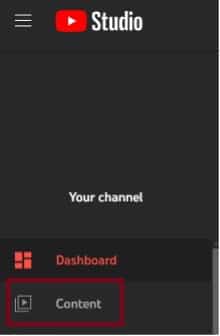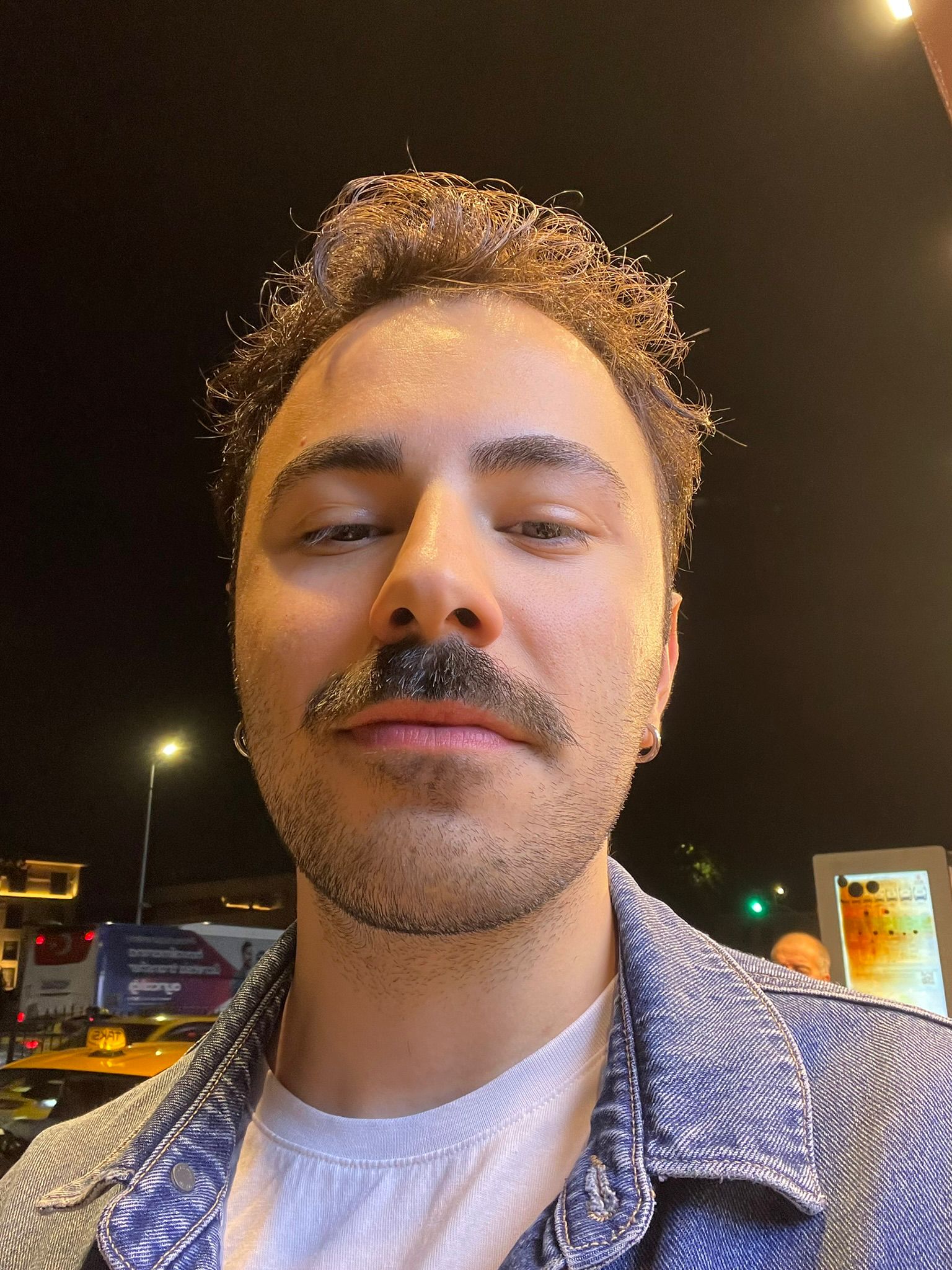There are several reasons YouTube may demonetize your videos. It’s a challenging aspect of running a YouTube channel. But there are also things you can do to avoid demonetization. Following the YouTube guidelines is the easiest way to do it. What else can you do? Read to learn more!
Do your videos get demonetized on YouTube? You might be using some of YouTube demonetization words. Fortunately, there are ways you can stop that from happening.
One of the most challenging parts of YouTube for the people who monetize their videos and make money on YouTube is demonetization. You might be wondering why this happens.
Let’s learn why YouTube demonetizes your channel and how to refrain from this situation.
What is This “Demonetization”?
Let’s say you pissed off YouTube and it demonetized one of your videos. How does this affect you? When it is demonetized, no ad appears on your video. So basically, you don’t get to earn any money from this video.
Restricting ads is not the only way to demonetize, though. YouTube can also:
- Put a hold on the monetization process. On your other accounts, too, if they existed.
- Stop monetization for good. And this applies to every feature that allows you to make money on YouTube. YouTube Premium earnings, Google AdSense, Super Thanks, Super Chats, merchandise feature, and everything you may earn from memberships.
Why Is My Channel Demonetized by YouTube?
More often than not, videos get demonetized due to the violation of certain YouTube policies. These golden policies include:
- Community Guidelines of YouTube: These are foreordained rules to make sure that the rights of people on YouTube are protected.
- Advertiser-friendly Content Guidelines: A walkthrough of which content is appropriate for the advertisers.
- AdSense Policies: These are rules for you to know about ad placements in videos on YouTube.
- YouTube Terms of Services: Basically, how everything works on YouTube.
You should follow these four policies for dear life to avoid demonetization.
How Do I Know Whether My Video is Demonetized?
After you post your video, you’ll be able to check its monetization standing in an hour or so. In the meantime, YouTube is working to see whether the ads can be placed in the video.
If you go to YouTube Studio, you’ll see seven different icons on monetization. You can learn about your video’s monetization status from these icons.

This explanation taken from YouTube’s official support page tells you how to interpret the icons. If we were to summarize them, each symbol means:
- Green: The video is eligible for monetization.
- Yellow: The video is monetized, but there will be limited ads.
- Red: YouTube doesn’t allow for ad-showing.
- Gray: Ads are turned off by you.
- Checking: Your video is being checked for monetization.
Checking the Monetization Status of Your Video
1. Click your profile picture on YouTube (which should be on the right corner of the top of the page). From the menu, go to YouTube Studio.

2. YouTube Studio will open. You will see another menu on the left of the page. Here, select Content.

3. Find the video you’d like by using the search bar.

4. When you’ve found the video, next to it, you can see its monetization status.
Your video won’t earn much if it’s not advertiser-friendly. As I mentioned earlier, there are things you can do to make sure your videos remain monetized.
1. Share a Variety of Videos
Make sure your content isn’t too repetitive. What this means is that you shouldn’t keep posting the same type of content over and over again. Of course, you can focus on one topic in your channel. Then, you should talk about a different aspect of that topic in each of your videos without using YouTube demonetization words.
AdSense Policies require the content creators to be… well, creative. If you’re covering songs on your channel, try to cover different genres or artists. If you’re making challenges and posting them, include a variety of challenges. Even the sound you use in the background matters. If you use the same audio in all your videos, this also counts as a violation.
2. Personalize Your Content
Using another YouTube creator’s products may cause copyright issues. We don’t want that. Videos that get copyright claims will bring you less money.
In order for you not to make any money from a video, you can use a copyrighted image, sound, or video without any alteration or editing. This begs this question: “What about reaction videos?”
There are many reaction video creators on YouTube, and they make money. As long as you don’t include the whole video or song in your reaction video without adding anything yourself, you’ll be fine.
YouTube allows the usage and monetizing of existing content as long as:
- You are including some commentary.
- You are using extracts for review purposes.
Needless to say, the content you created yourself is the best. But it won’t hurt to utilize other content, as well.
3. Be as Sincere as Possible
It’s actually pretty easy to understand what YouTube wants. People come here to watch videos and basically, have a good time. What you need to do is let people enjoy YouTube.
YouTube doesn’t like it when you try to take advantage of the people there. You just need to show that you don’t want anything else but to create some content and make honest money out of it.
If you don’t want to piss off YouTube, you should be careful not to:
- Promote pyramid schemes in your videos
- Post livestream videos of someone else’s
- Comment about the same topic repeatedly
- Use tricky thumbnails that don’t really represent the content of your video
- Share content or comment to direct people out of YouTube
Spams can look like this on YouTube:

4. Be Welcoming and Kind
Comments or video content that includes any kind of hate and discrimination against certain groups are not allowed by YouTube. Your video will get demonetized and even banned if it consists of these types of speech.
All you have to do is be respectful and kind towards all genders, races, religious groups, sexual orientations, and disabilities.
5. Keep It Clean: YouTube Demonetization Words
Stay away from using slurs. The key to not getting demonetized on YouTube is to not use demonetized words. You know which words I’m talking about. “Damn” and “hell” are not those.
Just imagine that you’re talking to an 8-year-old kid. Keep it clean and you’ll be fine.
6. Practice Safety at All Times
Try not to include any images, sounds, or visuals that might be triggering to people. As little blood as possible, no activities that risk your or anyone else’s safety, no illegal acts. Basically, keep the channel and the content PG-13.
Even pranks that might consequently put people in danger are reasons for your video to get demonetized. YouTube explains in detail what kind of content falls into this category here.
7. Don’t Share Sexual Content
Any type of content that promotes nudity, pornography, or sexual acts will be demonetized by YouTube. This type of content sharing can even get your channel permanently closed in the long run.
It’s not just images or videos. Sexually intended audios are also a reason for demonetization. Any text describing a sexual act in an explicit way will also get you in trouble. So, like I said, keep it clean guys.
8. Pick Your Audios Carefully
Picking background music for your videos can be a pain in the ass. If you use someone else’s song, it’ll be a copyright issue. You need to get their permission to be able to use their music. And it’s not only the person who published the song. You need the permission of everyone involved in the process. It’s a lot of work.
Instead, you can get by with YouTube Audio Library. There are many audios there for everyone to use freely. So, you won’t have to worry about copyright issues.
Here are some examples:

9. No Bullying of Any Kind
Be respectful. Don’t threaten or use profanities/slurs whatever the case is.
Bullying has been a serious topic for many years. Many Americans are, unfortunately, bullying victims. The number of these people has gone up even higher with the introduction of the Internet into our lives. People are more daring when it comes to bullying someone online.
That’s why your videos are bound to get demonetized if they are detected to contain bullying aspects.
10. Keep Your Videos Easy to Watch
If your videos contain disturbing images or content that might be triggering for the viewers, they are likely to get demonetized. YouTube has a list of content that you are advised to stay away from. It includes things such as graphic images of physical trauma, blood splatter, and human or animal waste.

11. Avoid Explicit Imagery of Violence
Showing direct violent acts in your videos will get you demonetized. Obviously, this doesn’t mean you can’t play video games on your channel or show an armed assault that happened. It’s important that your video’s only point is not the violent content.
12. Be Mindful of the Young Audience
YouTube is highly sensitive on the topic of the safety of children using YouTube. Ideally, young users should be on the Kids app of YouTube. But that may not be the case all the time.
For this reason, you need to think about any kids who might view your video. And adjust your content accordingly.
Any content that has the potential to traumatize or leave a negative impact on children also has the potential to get demonetized.
13. Limit the Possibility of Strong Controversy
It’s best to not include topics that might cause controversy too much or too often. But what are these topics? These can range from self-harm to pedophilia and eating disorders.
The videos that “praise” these kinds of acts are likely to get demonetized. Make sure to remain neutral as much as possible. The safest way to keep your videos monetized is to keep your head down.
14. Stay Away from Delicate Issues
Talking about tragic events that recently happened may not be a good idea for a YouTube video. These incidents carry the potential to hurt, harm, or upset certain people and therefore, may not be preferable if you don’t want your videos to get demonetized.
As you might guess, I’m not talking about making a video on the World War. But if the only main point of your video is the brutality of the war, then yes, demonetization is at the door.
How to Not Get Demonetized on YouTube: What You Mean Counts
Yes, there are certain things you can do and words you can say –YouTube demonetization words- that will lead to demonetization. However, context and intention matter.
YouTube will look at your video and how you used the elements in your video. If it’s clear that your only intention is to entertain or educate, then you’re safe.
How It’s Done
When you post a video, this is what YouTube considers deciding whether to monetize the video or not:
- Is this video intended as an informative source?
- Is this video intended as an entertainment source?
- Does this video intend to hurt, upset users, or use other’s content as an original?
What Good Intention Looks Like
Consider this: You are preparing a documentary on the challenges the LGBTQIA+ community faces. This topic may be under the category of controversial issues. So, you would automatically think that your documentary video will get demonetized.
But if you’re not bad-mouthing anyone that does not support the LGBTQIA+ community or threatening them; if your only purpose is to tell people what this community has to go through to exist in public, then you don’t have to worry about demonetization.
Just make sure you’re on top of the YouTube Community Guidelines, and you’ll be fine.
FAQ
Can I still post my video even if it gets demonetized?
Yes, you can. Demonetization only means you won’t earn any money from it. But you can still share it.
What should I do if I think my video got demonetized unfairly?
After you have made sure that your video meets all the criteria, you can file an appeal.
Why am I not eligible for monetization?
There may be several reasons for that. Make sure to read through YouTube policies and guidelines. The most common reasons are robot-like content patterns or content that is not in line with the community guidelines.









Comments